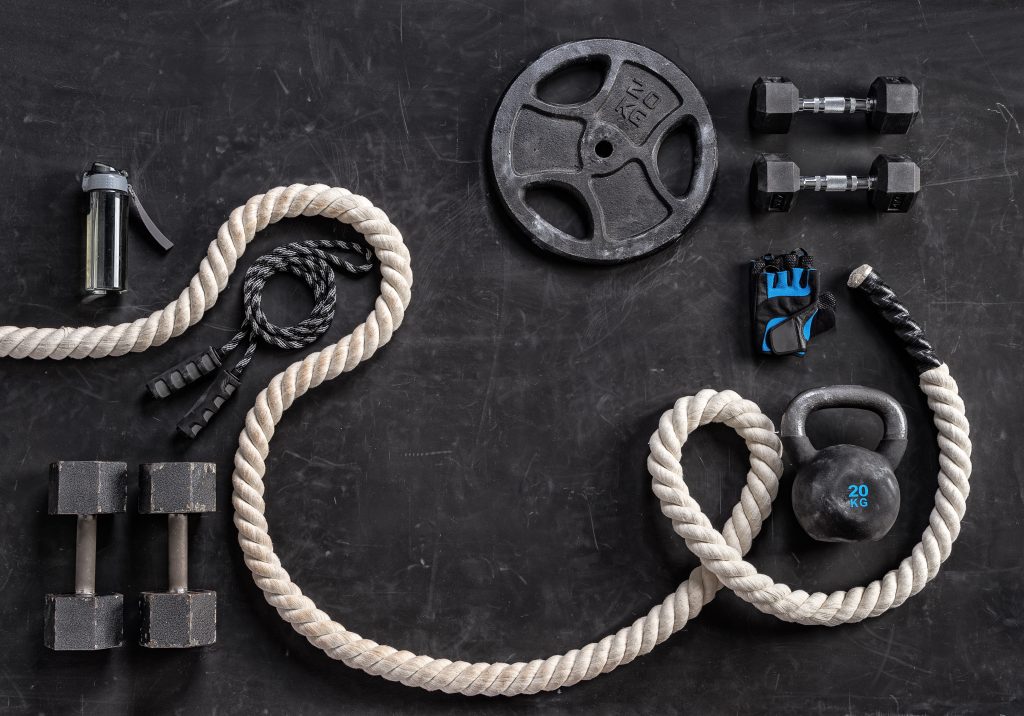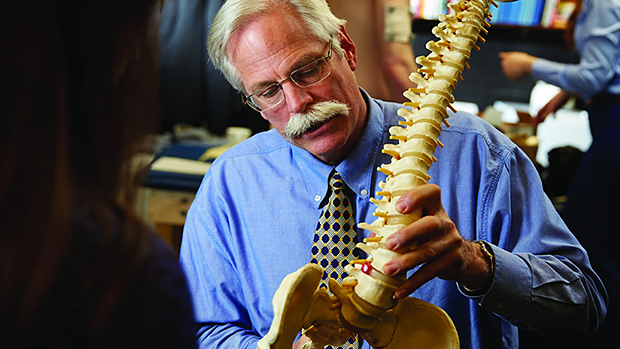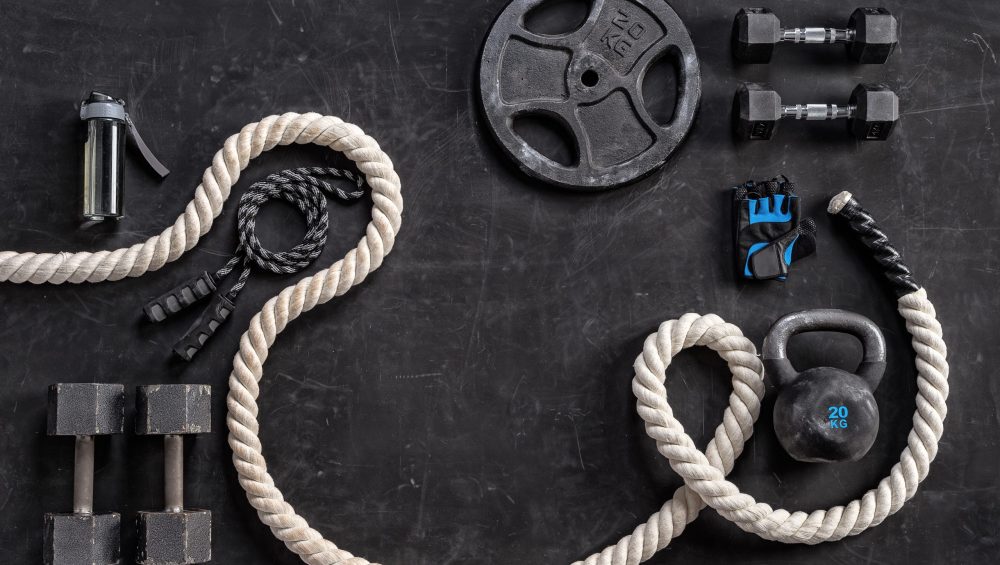Happy 2021 everyone.
I hope each and every one of you had a splendid Holiday season – in whatever way (or iteration) you chose to celebrate – and that the start of this year serves as a welcome reprieve from the galactic shit show that was 2020.
The pandemic resulted in a proverbial “pause button” being pressed with regards to my writing prowess the past several months. My goal in the coming year – outside of telling myself I’m going to do more cardio – is to get back on track with my writing frequency.
And with that, here’s my first offering of the new year.

Exercises You Should Be Doing: Busdriver Hip Airplane
The hip airplane exercise is an exercise popularized by renowned spine researcher (and world’s #2 ranked mustache wearer) Dr. Stuart McGill.1

It’s a splendid exercise to help train the glutes, improve one’s sense of control & balance, as well as learning to dissociate hip movement from lumbar movement.
Another and often under-appreciated benefit is that it stresses a “rigid” (or stable) spine while performing a CLOSED-CHAIN movement where the acetabulum – hip socket – moves over a fixed femur.
It’s a sneakily difficult exercise to say the least.
I’m half convinced that the only people who can perform it well on their first try are 1) Dr. McGill and 2) Olympic gymnasts.
(Oh, and one-legged pirates. Those agile fuckers).
To that end, it behooves most people to start with a variation that’s a little less daunting on the balance side of things, yet still hits all the other notes.
You can perform a Supported Hip Airplane or this snazzy version I picked up recently.
Who Did I Steal It From? – Virginia Beach based strength & conditioning coach Vernon Griffith. I came up with the name, though. Just sayin…;o)
What Does It Do? – See all the above. Using the plate helps to offset any balance issues that may arise, but I do feel it provides a distinct advantage in that it helps drive better hip internal & external rotation.
Plus, it just looks cool.
Key Coaching Cues: Try to set the barbell at chest height (or just below) so that when you bend over to grab the plate your entire body will be in a straight line. To that point, the entire body (top of head to the feet) should move as one unit, or straight line, throughout the entirety of the set.
Moreover, another important point to harp on is to think about driving your contralateral hip toward the opposite knee as you transition from the hip externally rotated position toward the closed, or internally rotated position. Again, you want the action to come from the hip and NOT the lower back.
If you have a hard time with the leg completely straight, you can make the drill less challenging by bending your knee 90 degrees to shorten the lever.
Or take off your pants.
You know, less friction.




